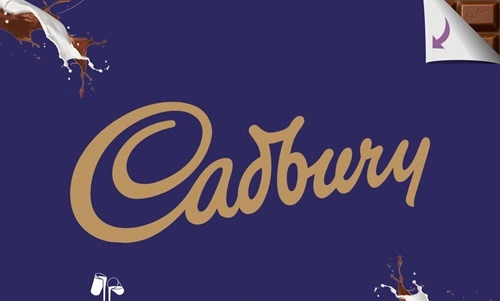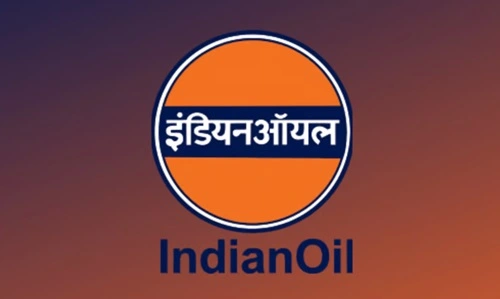Cadbury, a subsidiary of Mondelēz International, continues to be a leading player in the global confectionery market. A comprehensive SWOT analysis—assessing Strengths, Weaknesses, Opportunities, and Threats—provides insight into the company’s current position and future prospects.
Strengths
1. Strong Brand Equity: Cadbury has consistently enhanced its brand value, reaching approximately $5.7 billion in 2024. This growth underscores the brand’s enduring appeal and recognition in the global confectionery market.
2. Innovative Product Portfolio: Cadbury has demonstrated a commitment to innovation by introducing new products and reviving classic favorites. For instance, the 2024 Christmas range included the return of the Cadbury Dairy Milk Winter Mint Crisp and the introduction of the Cadbury Mini Puds, catering to diverse consumer preferences.
3. Financial Performance: Cadbury’s financial health remains robust. In the latest reported fiscal year, the company posted a turnover of £155.8 million, up from £142.9 million, with pre-tax profits increasing from £33.8 million to £42.3 million.

Weaknesses
1. Profit Margin Pressures: Despite increased turnover, Cadbury’s parent company, Mondelēz International, experienced a decline in pre-tax profits from £131.4 million to £88.1 million, indicating potential challenges in cost management and profitability.
2. Market Concentration: Cadbury’s significant reliance on certain markets, particularly the UK, may expose the company to regional economic fluctuations and regulatory changes, potentially affecting overall stability.
3. Product Recall Incidents: Instances of product recalls due to quality control issues can tarnish brand reputation and erode consumer trust, necessitating stringent quality assurance measures.
Opportunities
1. Expansion in Emerging Markets: The growing middle class in emerging economies presents an opportunity for Cadbury to expand its market reach, introducing its products to new consumer segments.
2. Health-Conscious Product Development: With increasing consumer awareness of health and wellness, developing low-sugar or functional confectionery products can cater to this demand, aligning with global health trends.
3. Sustainability Initiatives: Implementing sustainable sourcing and packaging practices can enhance brand image and meet the expectations of environmentally conscious consumers, contributing to long-term brand loyalty.
Threats
1. Intensifying Competition: The confectionery industry is highly competitive, with numerous players vying for market share. Cadbury faces challenges from both established brands and new entrants offering innovative products, necessitating continuous adaptation and differentiation.
2. Regulatory Challenges: Increasing regulations related to health standards, environmental practices, and taxation can impact Cadbury’s operations. For instance, sugar taxes in various countries affect the pricing and consumption of sugary products, requiring the company to reformulate products and adjust strategies.
3. Supply Chain Disruptions: Global events, such as pandemics, geopolitical tensions, or natural disasters, can disrupt supply chains, affecting the availability of raw materials and distribution channels. Cadbury must develop resilient supply chain strategies to mitigate these risks.
Conclusion
In 2025, Cadbury maintains its position as a leading confectionery brand, bolstered by strong brand equity, a commitment to innovation, and solid financial performance. However, the company must navigate challenges such as profit margin pressures and intense competition. By capitalizing on opportunities in emerging markets, health-conscious product development, and sustainability initiatives, Cadbury can continue to thrive in the dynamic global confectionery landscape.














